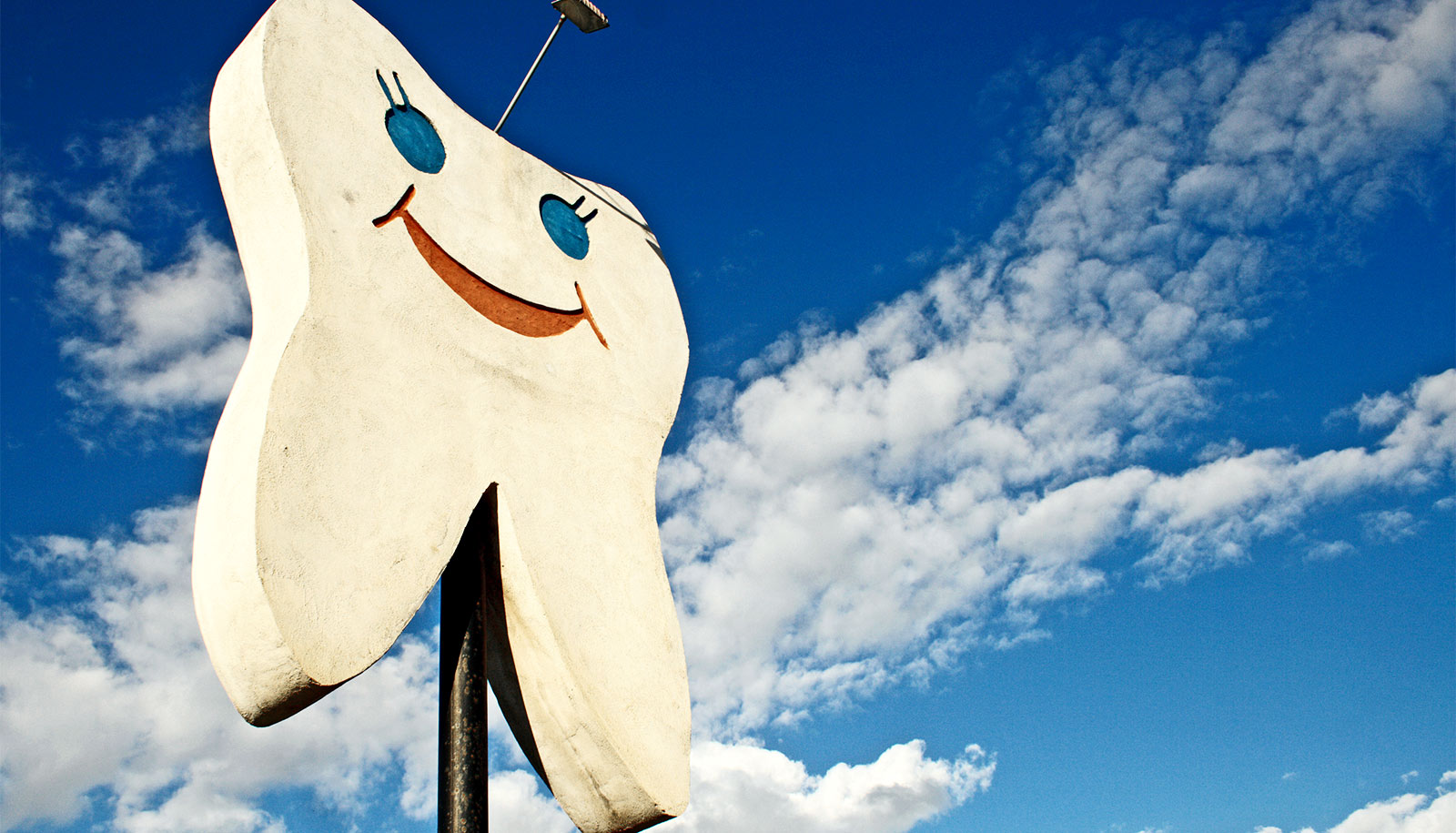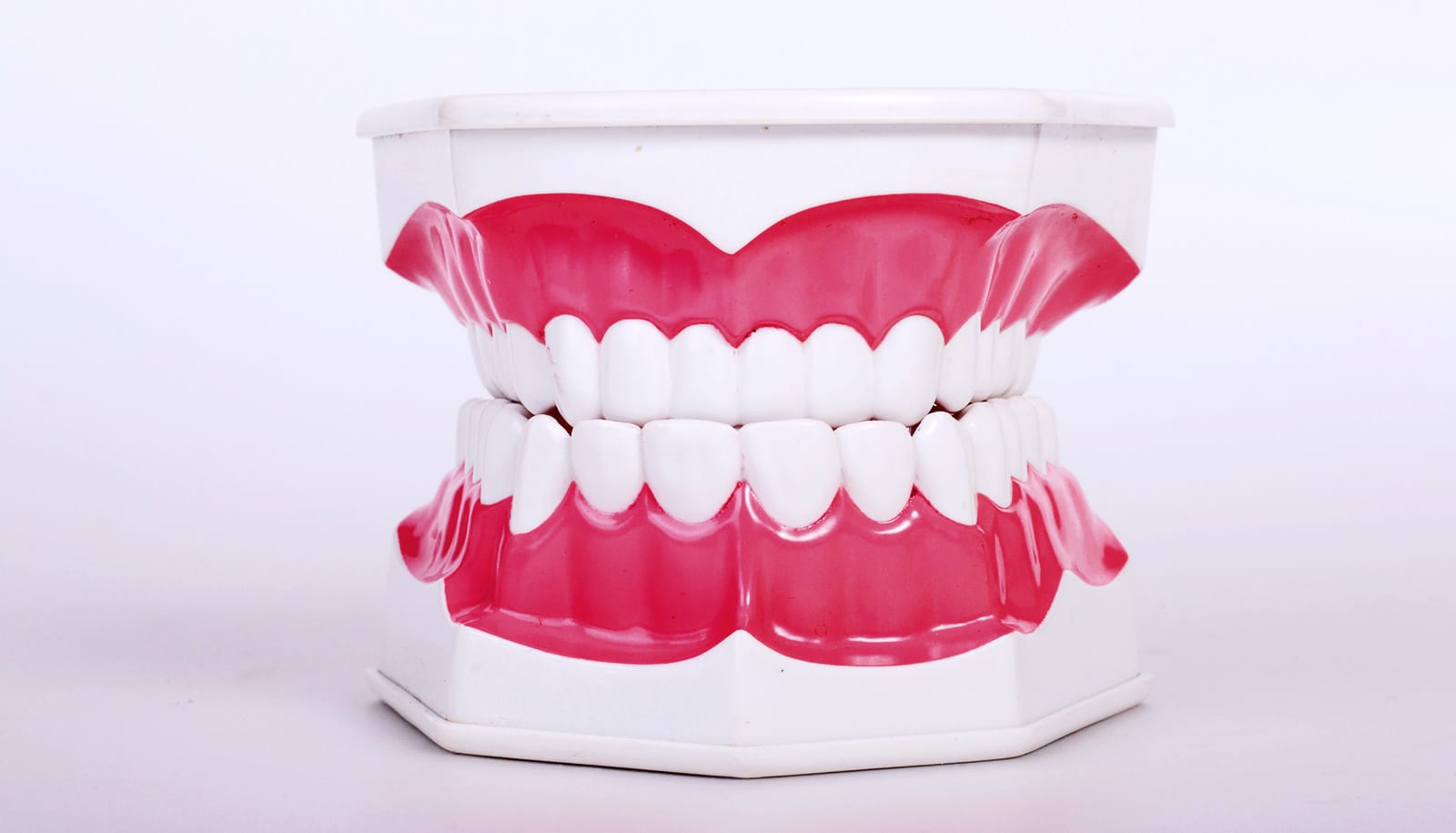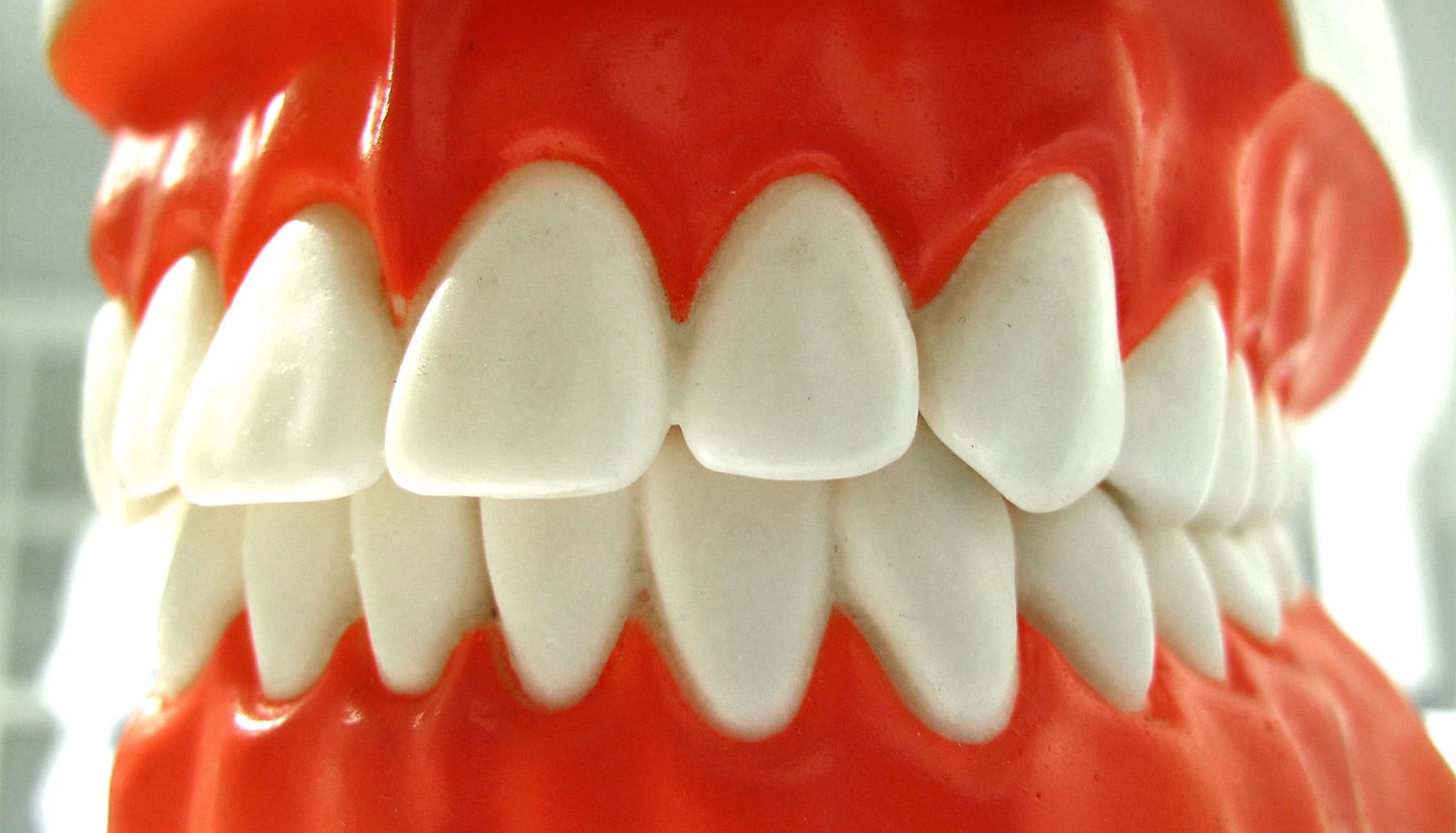New research separates fact from fiction in determining which oral hygiene tools really keep teeth healthy and prevent gum disease.
Do probiotics prevent gum disease? Is flossing necessary? Many patients are unable to confidently answer these questions and more due to the abundance of conflicting medical information.
Only a handful of self-administered interventions provide additional protection against gingivitis and periodontitis beyond brushing your teeth with a basic toothbrush, the new research shows. At the moment, all other oral hygiene interventions are only supported by insufficient evidence, says Frank Scannapieco, principal investigator and chair and professor of oral biology in the University at Buffalo School of Dental Medicine.
The findings, published in the Journal of the International Academy of Periodontology, will help dental practitioners and the public identify best practices for preventing gum disease, which affects nearly half of adults 30 and older in the United States, according to the Centers for Disease Control and Prevention (CDC), Scannapieco says.
“Patients can be confident that the oral care tools and practices supported by research, as described in the paper, will prevent the initiation and progression of periodontal disease, if they are performed regularly and properly,” Scannapieco says.
“It is my hope that this piece consolidates the relevant evidence in a way that is comprehensive, readable, and uniquely helpful to all oral health professionals as well as patients,” says first author Eva Volman, a University at Buffalo alumna and resident dentist at the Eastman Institute for Oral Health at the University of Rochester Medical Center.
What’s proven to work
Tooth brushing is the cornerstone of daily oral hygiene and is a reliable way to control dental plaque, says Scannapieco. And according to the research, interdental brushes and water picks performed better than other interdental oral hygiene devices at reducing gingivitis, and both should be used in combination with daily tooth brushing to prevent gum disease.
Among the numerous mouth rinses examined, those based on chlorhexidine gluconate (CHX), cetylpyridinium chloride (CPC), and essential oils (such as Listerine) proved effective at significantly reducing plaque and gingivitis.
While not effective at fighting gingivitis, toothpicks were useful for monitoring gum health, says Scannapieco. By gently prodding the gums with a toothpick and monitoring for bleeding, patients could detect signs of gum disease.
Avoid triclosan
Triclosan toothpastes and mouth rinses significantly reduced plaque and gingivitis, however, the compound is linked to the development of various types of cancers and reproductive defects.
Triclosan has been removed from most popular toothpastes in the US.
Unproven tools and methods
Electric-powered toothbrushes are no more effective at reducing plaque and gingivitis than a basic toothbrush, the researchers say. And little evidence has been published in support of dental floss—the mainstay of interdental cleaning—to reduce plaque and gingivitis. But don’t toss your floss just yet, says Scannapieco. Flossing is beneficial.
“While there are few studies available that specifically examined toothbrushes or floss alone, both are still essential. Floss is especially useful to remove interdental plaque for people who have tight space between their teeth. Floss also likely reduces the risk for cavities that form between the teeth,” says Scannapieco.
The investigators found insufficient evidence that mouthwashes based on tea tree oil, green tea, anti-inflammatory agents, hydrogen peroxide, sodium benzoate, stannous fluoride, hexetidine, or delmopinol reduced gingivitis.
The use of probiotics, although promising as a preventive strategy against gum disease, is unproven. The researchers found little evidence that supports the claim that dietary supplements improve gum health. They also found insufficient evidence that professional plaque removal (known as scaling, the process of removing plaque with a scraper) prevents gum disease.
Source: University at Buffalo



